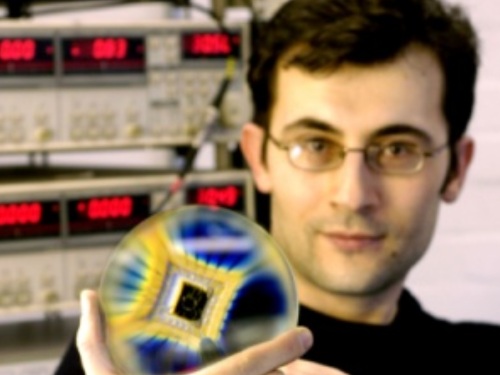'Miracle material' could be used in processors
Graphene for graphics?

Researchers at the University of Manchester are a step closer to creating chips based on the ultra-thin "miracle material" known as graphene.
The chip has been dubbed the "Big Mac" because if its layers of graphene intermingled with boron nitride.
The boron nitride "bun" of this Big Mac allows graphene to be observed in its natural state, without interference from outside elements - and this could have big implications for its future in electronics.
"It solves several nasty issues about graphene's stability and quality that were hanging for long time as dark clouds over the future road for graphene electronics," said Professor Andre Geim of the University of Manchester.
'Several months'
"It could be only a matter of several months before we have encapsulated graphene transistors with characteristics better than previously demonstrated," said Geim.
Discovered at the University of Manchester in 2004, the atom-thick two-dimensional material has earned its miraculous title thanks to its remarkable strength, conductivity and thinness.
It could find its way into consumer electronics in the form of super-fast processors, as well as bendy phones and computers, wallpaper-thin HDTV sets and lightning-fast internet connections.
Sign up for breaking news, reviews, opinion, top tech deals, and more.
The UK government has also announced the Graphene Global Research and Technology Hub, which will plough £50 million into researching the new material.
via ZDnet